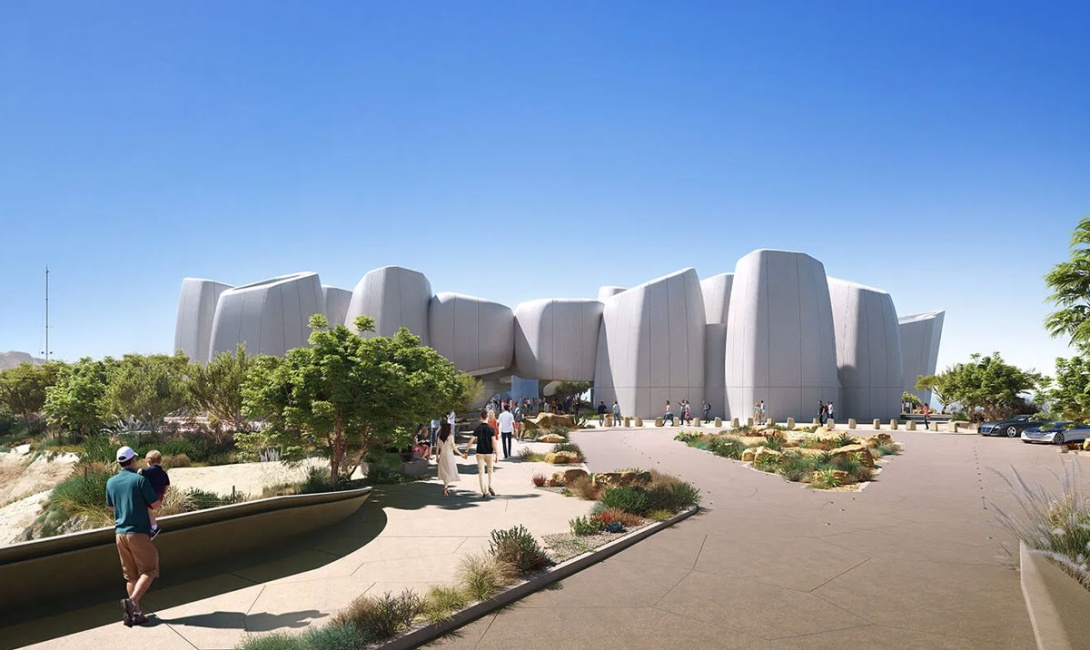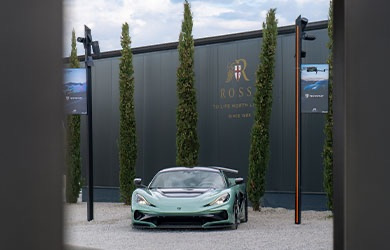In Saudi Arabia’s northwestern region, the Red Sea Marine Life Institute stands as a new global center for marine research and conservation. Designed by Foster + Partners, the facility is part of the AMAALA development — a destination focused on sustainability, wellness, and scientific innovation.
Filix joined the project in partnership with Delta Lighting Design (UK) to deliver a custom underwater lighting solution capable of meeting extreme environmental challenges.
Precision in Extreme Conditions
The institute features one of the world’s deepest live aquariums, reaching 15 meters below the surface. Filix supplied Arpool S, M, and L luminaires engineered to maintain reliability and optical performance at these depths.
Each fixture is made from 316L stainless steel, sealed to IP68, and coated with marine-grade multilayer protection to resist corrosion caused by high salinity and heat.
The system was designed for safe installation, simple connection, and long-term servicing — ensuring stable operation without disturbing the surrounding marine environment.
Lighting as a Living Element
Lighting at the Red Sea Institute serves more than visibility. It recreates natural underwater light conditions that help sustain coral ecosystems and enable accurate observation.
Through spectral engineering, the Filix R&D team developed a unique optical system that blends actinic blue and 4000K white light. This balance supports coral photosynthesis while providing clear visibility and natural colour rendering for researchers and visitors.
Endurance Through Design
The project required lighting that performs continuously under high pressure, salinity, and temperature variations. Filix fixtures maintain mechanical strength up to IK10+ impact resistance, while advanced coatings ensure protection against material degradation.
Every product was designed for long-term use and recyclability — reflecting Filix’s commitment to sustainable engineering and circular design.
A Partnership in Innovation
The collaboration with Delta Lighting Design translated architectural ambition into practical and efficient lighting performance. From concept to installation, the focus remained on balance — between technology and environment, between endurance and design.
The Red Sea Marine Life Institute represents more than a successful technical solution. It shows how light can become part of a living system, supporting both science and sustainability.














